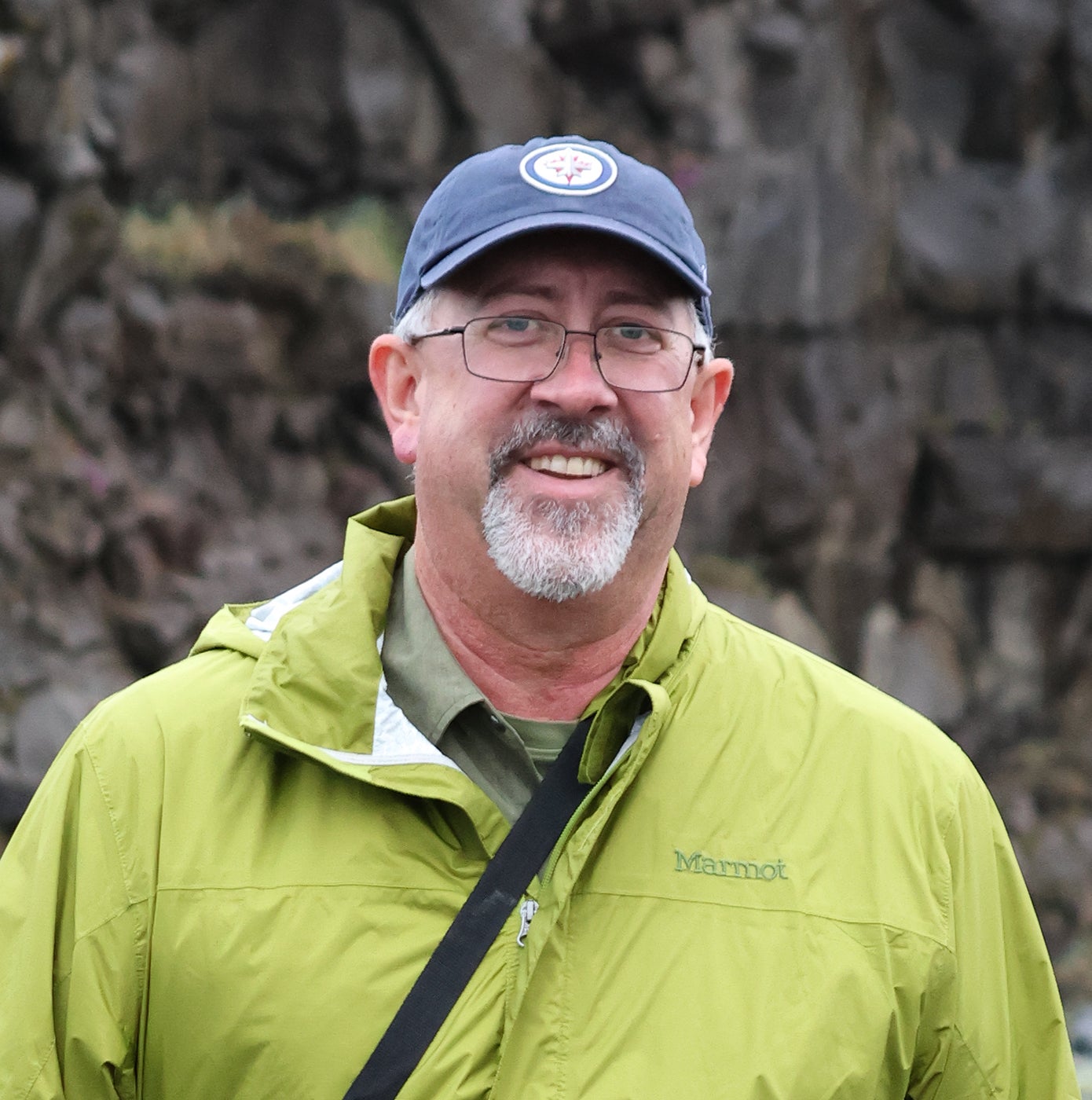The Herpetology Collection includes more than 117,500 individually cataloged and databased specimens, including ~3700 skeletons, used for research by faculty, staff and students at the University, as well as by qualified researchers throughout the world. The collection is also used for teaching courses (e.g., Vertebrate Natural History, Comparative Anatomy, Herpetology, and Field Herpetology) in Integrative Biology.
The collection began as a nucleus of research and teaching materials assembled by W. Frank Blair and his students in the Zoology Department; these were transferred to the Texas Memorial Museum in the 1950s. The Herpetology Collection, along with other units of the Texas Natural History Collections (TNHC) was transferred to the Department of Integrative Biology in 2014.

Preserved Specimens
Specimens in the Herpetology Collection were fixed in formaldehyde and are currently stored in 70% ethanol; this is a standard museum procedure. The specimens are housed in specially designed rooms at the J. J. Pickle Research Campus. Each specimen is given a unique number through which the data associated with the specimen (such as where and when the animal was found, and who found it) can be looked up, either digitally or in older hand-written catalogs. Each jar has a label listing the specimens it contains, and the jars are arranged on shelves by species, genus, family, etc., in a phylogenetic system that indicates the evolutionary relationships of the animals. In the last decade, the herpetological collections from Texas Tech University (~20,000 specimens), the University of Texas at Brownsville (~400 specimens), and the University of South Dakota (Drew R. Davis, ~4000 specimens), and Ralph W. Axtell (~10,000 specimens) were acquired and are being integrated into the collections database.
Skeletons
There are 2136 cataloged skeletons, not including 1544 cleared and stained specimens. Cleared and stained skeletons, such as the one on the right shown here, are treated with an enzyme solution to dissolve muscle tissue, a red stain specific for bone, a blue stain specific for cartilage, and then cleared with a bleaching agent. The skeletons are stored in glycerine, which helps to render the muscle transparent. Dried skeletons are prepared using dermestid beetles, which eat away the muscle while leaving (hopefully) only the bones. The "bugged" skeletons are then treated to an ammonia bath (to rid them of any excess grease and smell) prior to storage.
Genetic Resources Collection
The Biodiversity Collections supports a resource of almost 40,000 tissue samples stored in liquid nitrogen freezers at ultra-low temperatures (-140ºC). Most of this material is from amphibians and reptiles. As it has grown and received contributions of samples from other groups of organisms (fish, insects), it has been spun off as its own collection, the Genetic Resources Collection.
This material is used primarily for research in which DNA sequences are used to determine evolutionary relationships among organisms. The collection was completely inventoried through an NSF Biological Research Collections improvement grant (2006–2009). The collection supports research of UT personnel, but material is available for loan to other investigators. More information can be obtained from the Curator.
Recordings for Frog Vocalizations
The collection of frog calls is the third largest in the U.S., with about 800 cataloged tapes and ~200 more waiting to be cataloged. The entire anuran call collection is being digitized and archived now as part of a collaborative NSF project spearheaded by the Macaulay Library, Cornell University Lab of Ornithology.

Geographic and Taxonomic Coverage
The geographic coverage of the herpetology collection is worldwide. About 65% of the specimens are from the U.S., mostly Texas (84%) and the Southwest, but significant holdings from South Dakota (2nd largest collection) were recently acquired. There is important material from the New World tropics (Mexico, Central and South America, 15%), tropical Africa (8%) and Southeast Asia (9%).
Most of the cataloged specimens are frogs (56%). Lizards make up 23%, and snakes another 12%. Salamanders are 7%, and turtles are only 2%; neither of these groups has many species worldwide. Caecilians, crocodilians, tuataras, and amphisbaenians are each represented by less than 1%
Online Database
You can search our specimen database via VertNet. For information on genetic samples, please contact the Curator.
Loans and Visits
The Herpetology Collection is currently closed to visitors; limited accessibility to physical specimens may impede certain loan requests. Loans may be made to qualified researchers associated with scientific institutions. Qualified researchers will again be welcome to visit the collections sometime in late 2026; please contact Curator Travis LaDuc with any questions about loans or in-person visits.
Contact

Travis LaDuc
- Assistant Professor of Instruction
- Curator, Herpetology
- Integrative Biology
- Texas Field Station Network
- Biology Instructional Office
- Biodiversity Center

David Cannatella
- Professor
- Department Chair
- Integrative Biology
- Texas Field Station Network
- Biodiversity Center
Associate Director for Collections, Biodiversity Center
